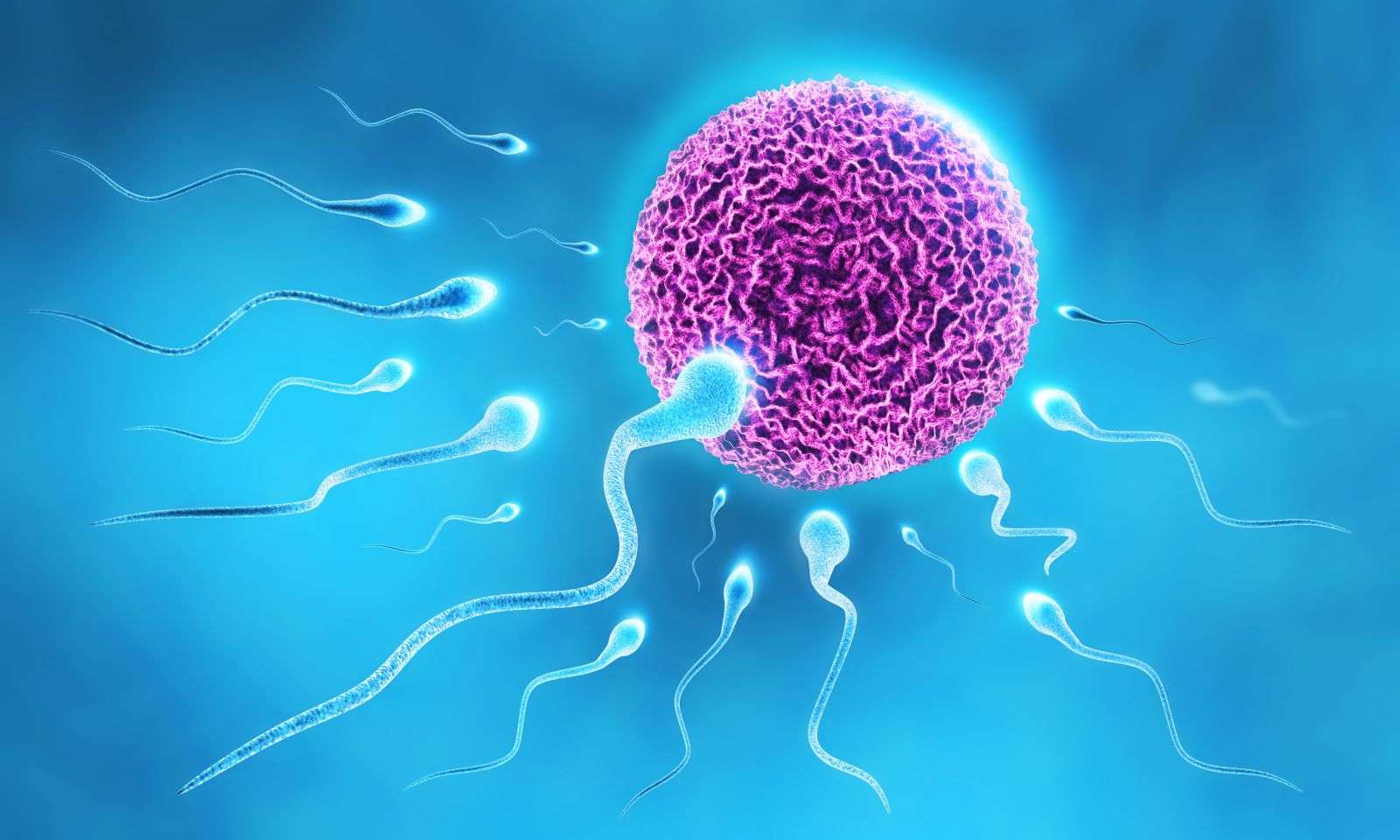Causes of ınfertility in Men
182 / 5000 The most common cause of infertility in men is a decrease in sperm count and / or motility and / or malformations (oligo-asteno-teratospermi-OAT). The reason is often unclear.

Surgical treatment of varicocele with OAT is generally recommended by urologists, but its efficacy has not been established. If the number of motile sperm that can be used in vaccination is between 1-10 million, success can be expected from vaccination treatments.
The ideal and success rates for vaccination are for cases where more than 10 million motile sperm can be injected. Microinjection should be performed if pregnancy is not achieved with 2-3 vaccination attempts. The absence of sperm in the semen is called azoospermia.
Azoospermia is caused by obstructions in the ducts that carry the sperm out or a defect in the testis.
There may be a genetic disease called cystic fibrosis in azoospermia patients with obstruction. Cystic fibrosis is detected by gene mutation screening.
If a man has a gene mutation, the woman should be looked after. If both couples have a carrier, the baby may be born with cystic fibrosis. In cases of azoospermia due to malfunction, there is no sperm remaining in the testis or a small number of sperm are produced in very small foci. In all azoospermic patients, there is no chance of pregnancy except for microinjection. In azoospermia due to obstruction, sperm can be taken by needle after obstruction (PESA / PTSA).
In azoospermia due to impaired production, a procedure called TESE is performed and open sperm is searched through the testis.
In cases of congestion, sperm are found in almost every man, but in production disorders, only 1 out of 2 men have sperm. Other rare causes of infertility in men include impotence, hormonal disorders, and ejaculation disorders (such as the flow of semen from certain operations into the bladder). In these cases, medical treatments are usually tried and in vitro fertilization is necessary.
Methods of Obtaining Sperm in Azospermic Men

What are surgical sperm retrieval methods?
All these procedures can be performed under local or general anesthesia. Unless there is an obstacle, general anesthesia is preferred for the comfort of the patients.
The procedure usually takes between ten minutes and half an hour. After the procedures you can continue your daily life. All procedures are performed in the IVF center and the samples are examined in the laboratory at the same time to see if there is sperm. When sperm is found, the process is terminated.
PESA: Percutaneous Epididymal Sperm Aspiration. It is a method of entering the epididymis on the testis with a fine needle and pulling the sperm inside. The scrotum pouch containing the testes is applied with a needle dipped in the skin without opening. It can be applied only in cases of obstructive azoospermia. If the sperm cannot be obtained with this method, the testis is transferred to the methods of obtaining sperm.
PTSA: Percutaneous Testicular Sperm Aspiration
It is the sampling of testicular tissue by entering the testes with a needle dipped from the skin without opening the pouch containing the testes. If sperm cannot be obtained by this method, TESE is started.
TESE: Testicular Sperm Extraction
The pouch containing the testes and the sheath called tunica albuginea surrounding each testis are opened with a small incision. Small pieces are removed from the testicular tissue. The cut sections are sewn and the process is terminated.
Micro TESE: Testicular Sperm Extraction Under a Microscope
The pouch containing the testes and the sheath called tunica albuginea surrounding each testis are opened with a small incision. Testis tissue is examined by microscope and samples are taken from large parts. The cut sections are sewn and the process is terminated. There are publications suggesting that this method causes less damage to testicular tissue.
What are the chances of having sperm?
Sperm can be found in approximately 100% of azoospermia due to obstruction and in 50% of azospermia cases due to production disorder.
Once sperm is obtained, can they be frozen and used for subsequent applications?
In obstructive azoospermia cases, the viability rates of the sperm after freezing and thawing and the pregnancy rates obtained by using these sperms are high. However, freezing and re-use of sperm obtained from nonobstructive azoospermia is controversial.
Sperm can be found in approximately 100% of azoospermia due to obstruction and in 50% of azospermia cases due to production disorder.
Once sperm is obtained, can they be frozen and used for subsequent applications?
In obstructive azoospermia cases, the viability rates of the sperm after freezing and thawing and the pregnancy rates obtained by using these sperms are high. However, freezing and re-use of sperm obtained from nonobstructive azoospermia is controversial.
Most of the sperm obtained from these patients have structural defects. However, it may be recommended to selectively store the appropriate sperm in a very selective manner in case there is a lack of sperm in subsequent procedures.
Pregnancy rates obtained by repeated TESE applications are not different from pregnancy rates obtained in the first application.
In nonobstructive azoospermia patients with no sperm in TESE, sperm may be present if the procedure is repeated. In the first TESE, 5-20% of the nonobstructive azospermia patients without mature sperm were reported to have sperm in the second application.


Add Your Comment